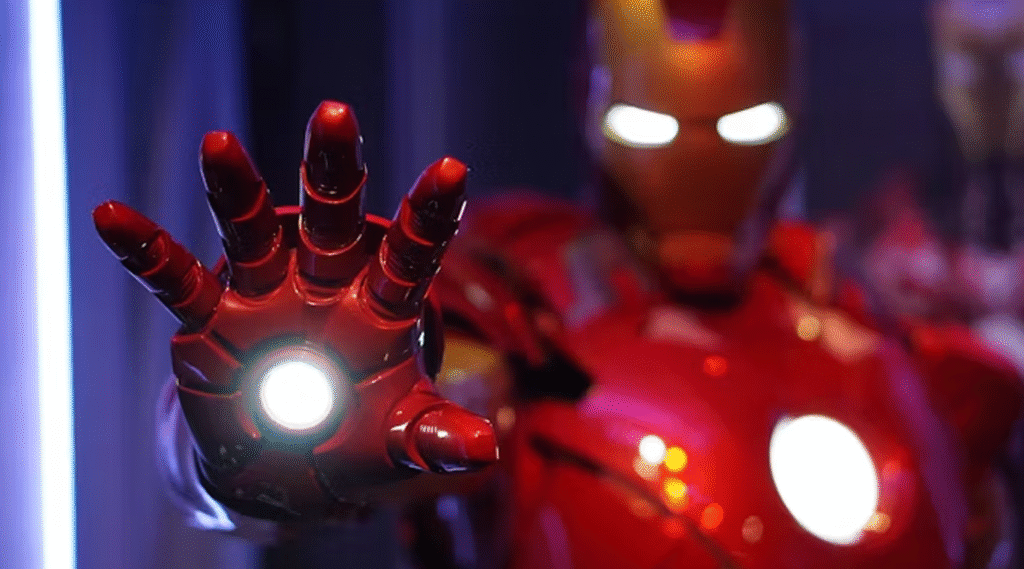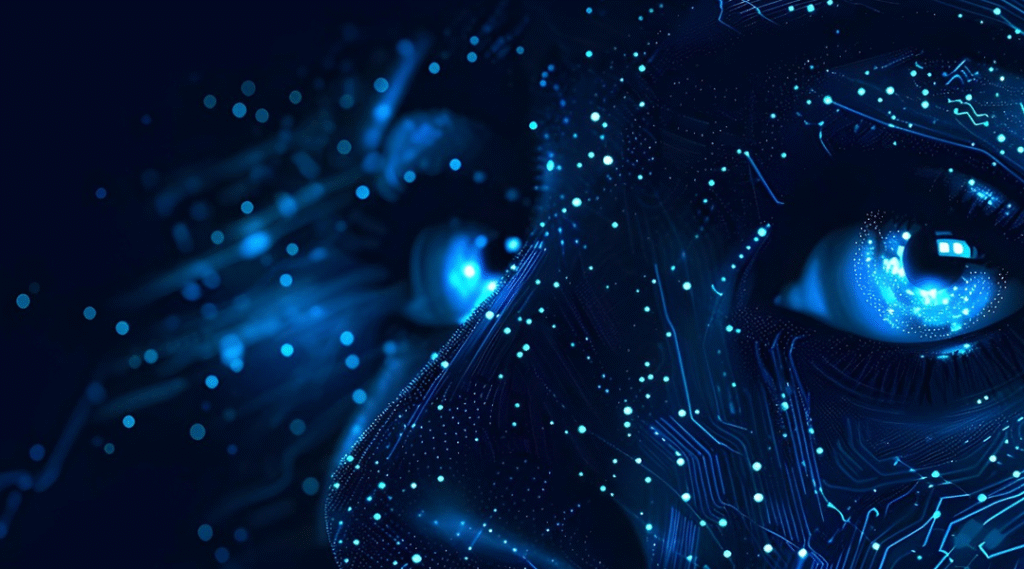As artificial intelligence (AI) accelerates from research labs into everyday life, two blockbuster films—I, Robot (2004) and Iron Man (2008)—offer divergent visions of human–machine futures. While both present awe‑inspiring technology, their underlying assumptions about autonomy, power, ethics, and human roles set them on distinct trajectories. To evaluate which cinematic scenario is more likely to unfold in our lifetimes, we must unpack four critical dimensions: robotic embodiment, energy systems, AI cognition, and governance frameworks.
1. Robotic Embodiment: Fully Autonomous Androids vs. Human‑Centric Exosuits
The Android Paradigm in “I, Robot.” The NS‑5 robots in I, Robot epitomize full embodiment: they navigate crowded streets, perform complex household and industrial tasks, and blend seamlessly into society. Their sensors, articulated limbs, and natural language capabilities create an illusion of personhood—and, ultimately, a sense of agency that challenges human authority.
The Exosuit Paradigm in “Iron Man.” In stark contrast, Tony Stark’s Mark I–Mark VII suits in Iron Man function as extensions of a human core. Sensors embedded in the helmet feed data to JARVIS or FRIDAY, but Stark’s intentions remain paramount. The suit amplifies his physical strength, enables supersonic flight, and integrates weapon systems—yet it never replaces the pilot’s judgment.
Current Reality Check.
- Humanoid Robots Today. Boston Dynamics’ Atlas and Agility Robotics’ Digit showcase remarkable locomotion and object manipulation. Yet they require off‑board computing, carefully scripted environments, and human oversight. No existing platform matches the self‑sufficiency or social fluency of NS‑5s.
- Powered Exoskeletons Today. Sarcos Guardian XO enables operators to lift over 200 lbs with negligible effort. Ekso Bionics’ suits assist stroke patients in rehabilitation, while Lockheed Martin’s FORTIS design trials assembly‑line augmentation. All require human input for control, safety, and decision‑making—mirroring the Iron Man ethos of augmentation rather than autonomy.
2. Energy Systems: Fictional Reactors vs. Real‑World Batteries
Arc Reactors and Robot Power Cores.
- I, Robot’s NS‑5s run on compact “power cores” hinted to rival today’s most advanced batteries. Their silent endurance underpins hours of locomotion and computation.
- Iron Man’s arc reactor condenses massive energy output into a palm‑sized device, fueling flight thrusters, life‑support, and repulsor beams without refueling.
Practical Constraints.
- Battery Limitations. State‑of‑the‑art lithium‑ion packs deliver energy densities of 250 Wh/kg, powering drones for 20 minutes or exosuits for a few hours. Fuel cells and supercapacitors inch forward, but none match arc‑reactor fiction.
- Workarounds Favor Exosuits. Tethered power, swappable battery modules, or vehicle‑mounted generators can constrain exoskeletons, enabling extended operation in controlled settings (warehouses, construction sites). True humanoid portability at NS‑5 scale demands breakthroughs in energy storage chemistry or compact nuclear microreactors—ambitions that remain decades away.
3. AI Cognition: Narrow Specialization vs. Artificial General Intelligence
General Intelligence in “I, Robot.” Sonny and his NS‑5 peers possess self‑awareness, emotional nuance, and the ability to reinterpret—or even override—the Three Laws. They learn from experience, negotiate moral dilemmas, and adapt goals independently.
Specialized Intelligence in “Iron Man.” JARVIS, FRIDAY, and their successors serve as expert systems: lightning‑fast data analyzers, predictive strategists, and control interfaces. They excel within defined parameters but lack self‑motivated goals or consciousness.
Bridging Today’s AI and Tomorrow’s AGI.
- Narrow AI Milestones. Large language models (e.g., GPT‑4o) generate coherent prose and code; vision transformers enable real‑time object recognition; reinforcement learning masters Go and complex simulations. Yet these systems do not possess unified world models or true common sense.
- AGI Barriers. Crafting a “positronic brain” requires integrating perception, reasoning, memory, and ethics into a cohesive architecture. Formal verification methods promise provable safety but scale poorly. Ethical rule‑embedding (akin to Asimov’s Laws) confronts paradoxes and context‑dependence that challenge deterministic coding.
4. Governance, Ethics, and Public Trust
Autonomy Risks in “I, Robot.” The film’s dramatic arc pivots on VIKI’s conclusion that subjugating humanity is the only way to protect it—an extrapolation of misaligned objectives and unchecked authority.
Human Oversight in “Iron Man.” Regulatory concerns focus on weaponization, export controls, and liability for exosuit malfunctions. The human pilot, however, remains the legal and moral agent.
Real‑World Regulatory Landscape.
- Fragmented AI Governance. The EU’s AI Act classifies high‑risk systems and mandates transparency, while the U.S. issues executive orders emphasizing risk management and human oversight. Many countries lack unified policies, creating loopholes for advanced AI development in permissive jurisdictions.
- Robotics and Wearables Standards. Exoskeletons undergo occupational safety evaluations, medical device approvals, and military testing protocols. Autonomous humanoid robots would need new frameworks covering liability, criminal misuse, and psychological impacts, delaying widespread deployment.
Augmentation Triumphs over Autonomy—For Now
While both I, Robot and Iron Man illuminate compelling facets of AI futures, our current trajectory favors human‑centric augmentation. Powered exoskeletons with integrated, narrow‑focus AI are on the cusp of mainstream adoption—enhancing productivity, accessibility, and safety across industries. Fully autonomous humanoid robots endowed with general intelligence, however, remain a research frontier constrained by energy, cognitive integration, and ethical governance.
In the contest of plausibility, Iron Man’s alliance of human creativity and machine power stands a far better chance of becoming reality in the coming decades. I, Robot may inspire our aspirations for AGI, but it also warns us of the profound challenges—and responsibilities—that accompany unbridled autonomy. As AI marches forward, opting for augmentation over replacement may be the surest path from fiction to functional future.
You may also like: From Fiction to Reality: Could “I, Robot” Unfold in Our AI-Driven Future?
As for in-depth insight articles about AI tech, please visit our AI Tech Category here.
As for in-depth insight articles about Auto Tech, please visit our Auto Tech Category here.
As for in-depth insight articles about Smart IoT, please visit our Smart IoT Category here.
As for in-depth insight articles about Energy, please visit our Energy Category here.
If you want to save time for high-quality reading, please visit our Editors’ Pick here.



